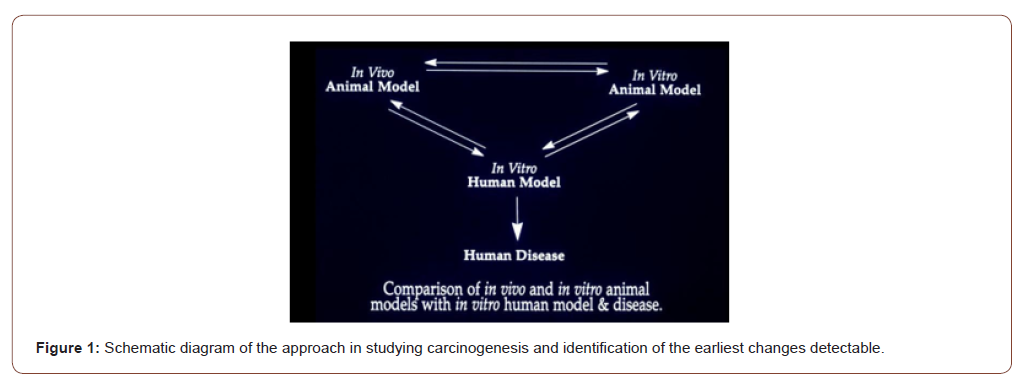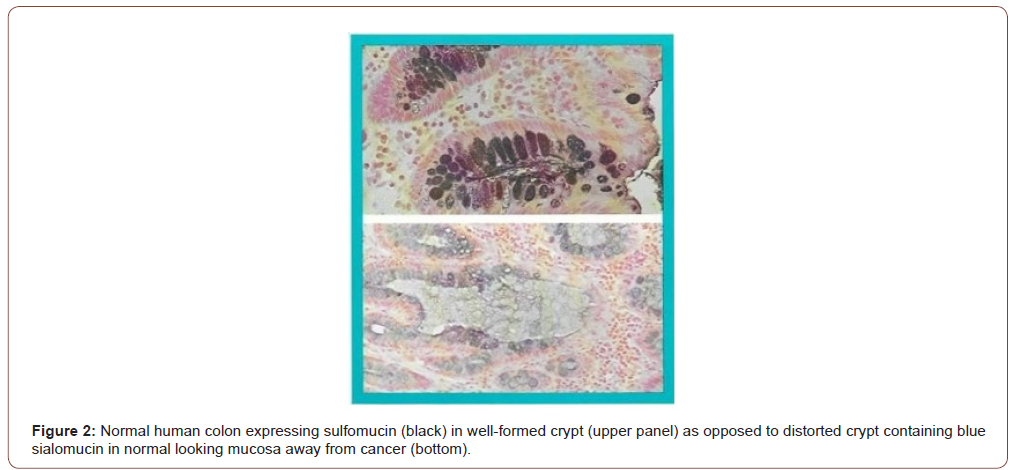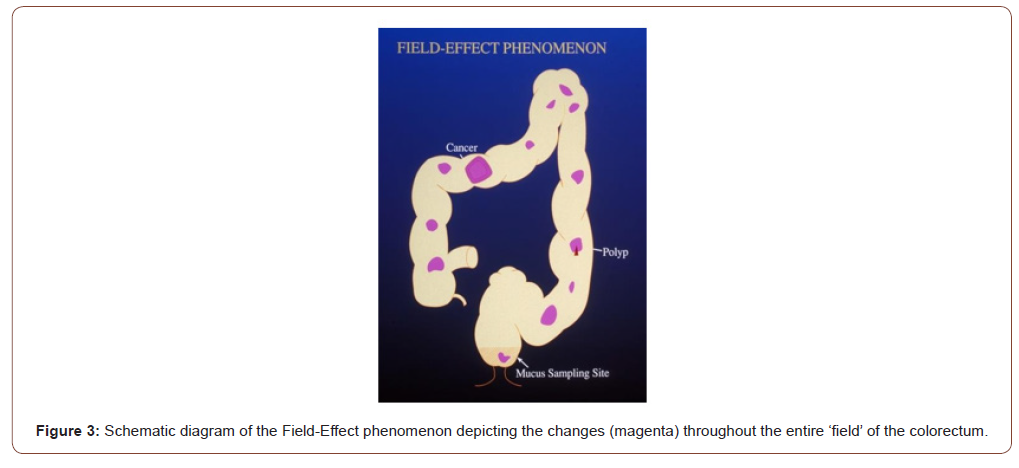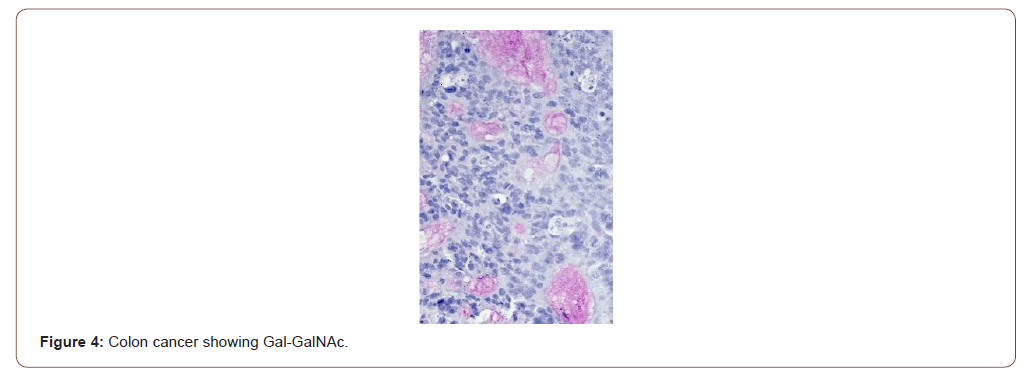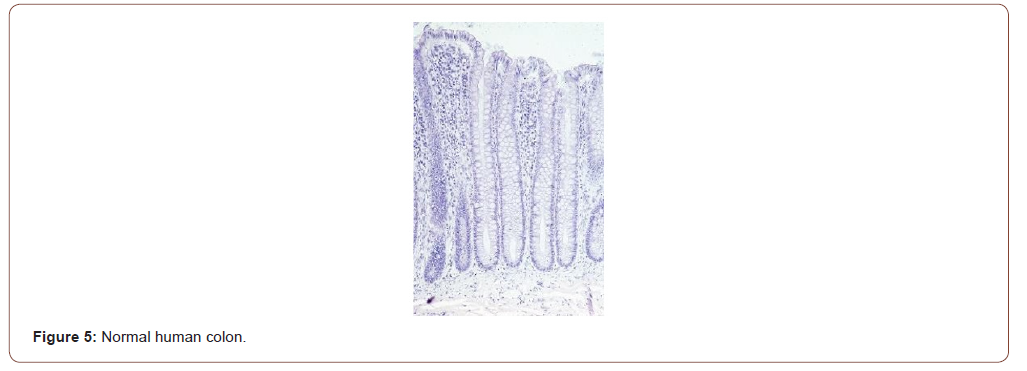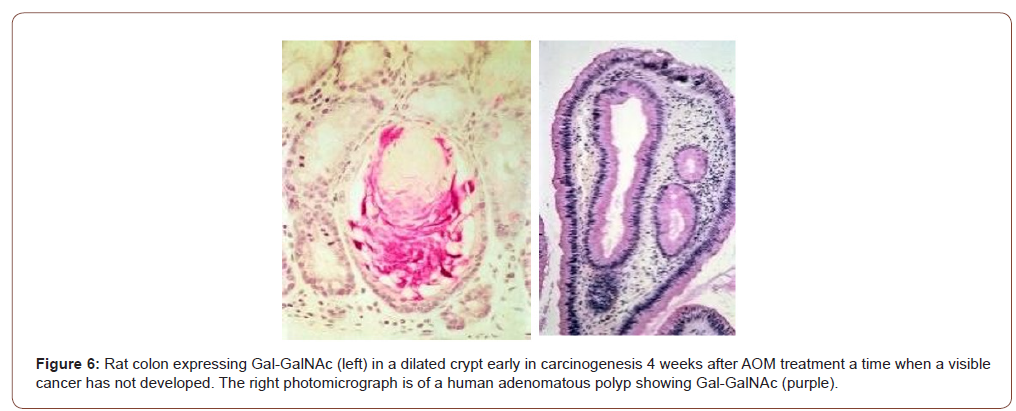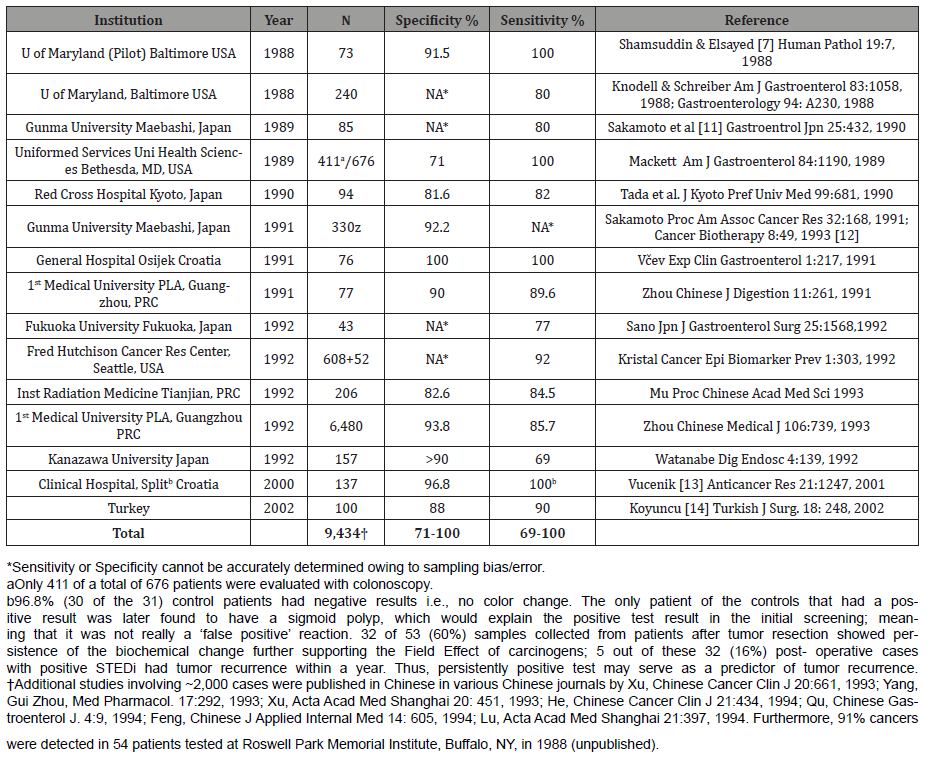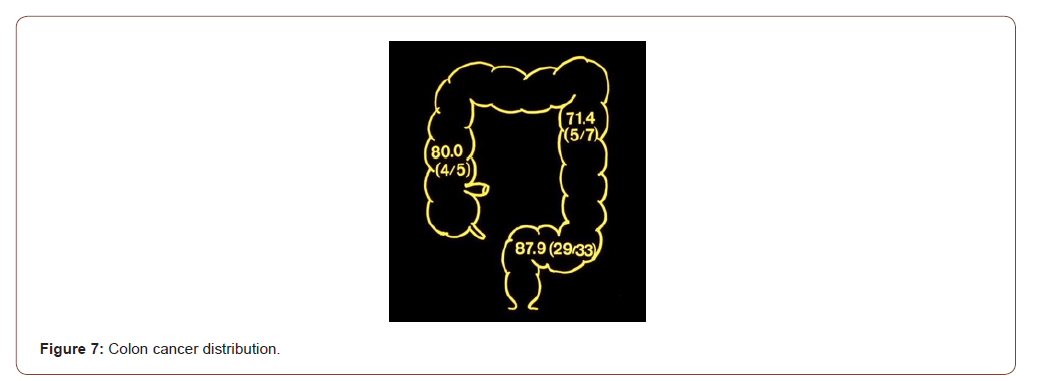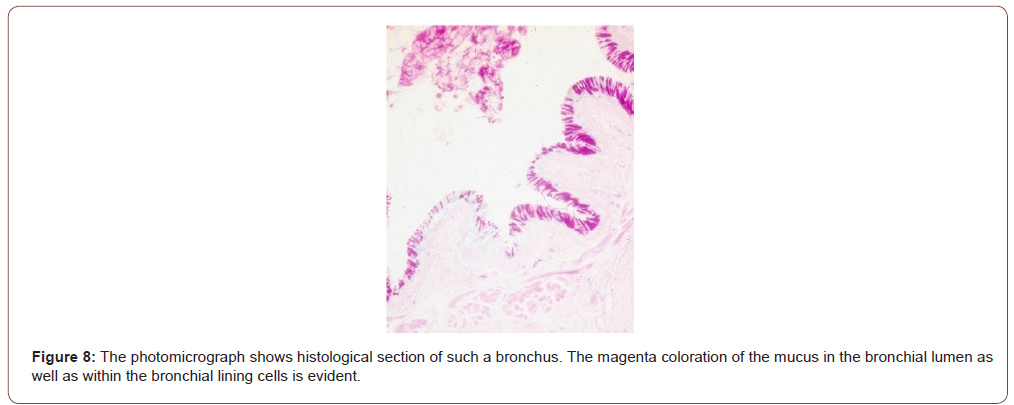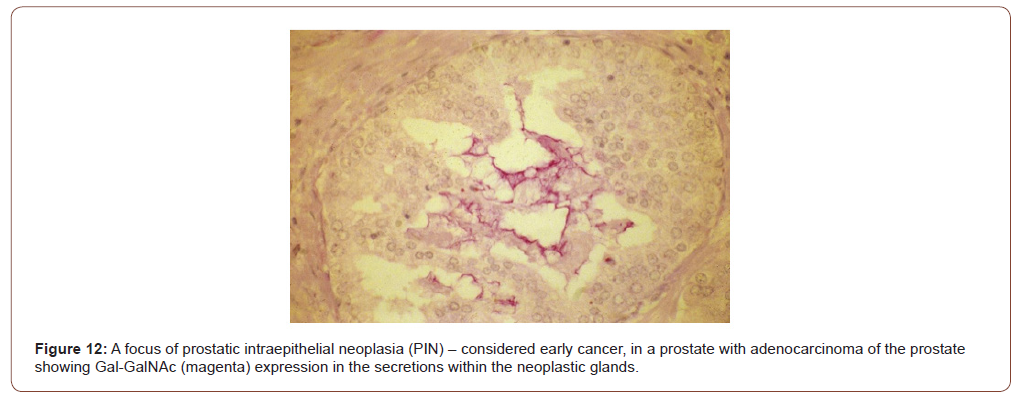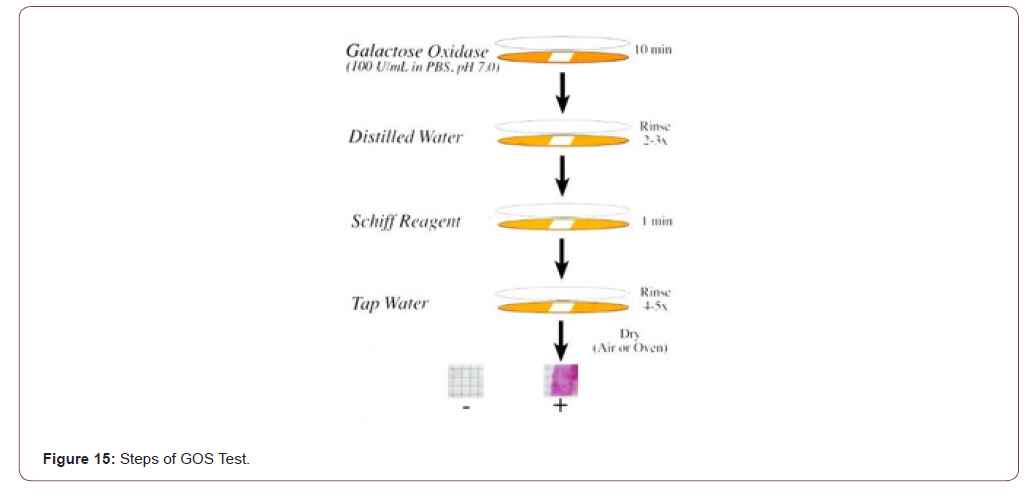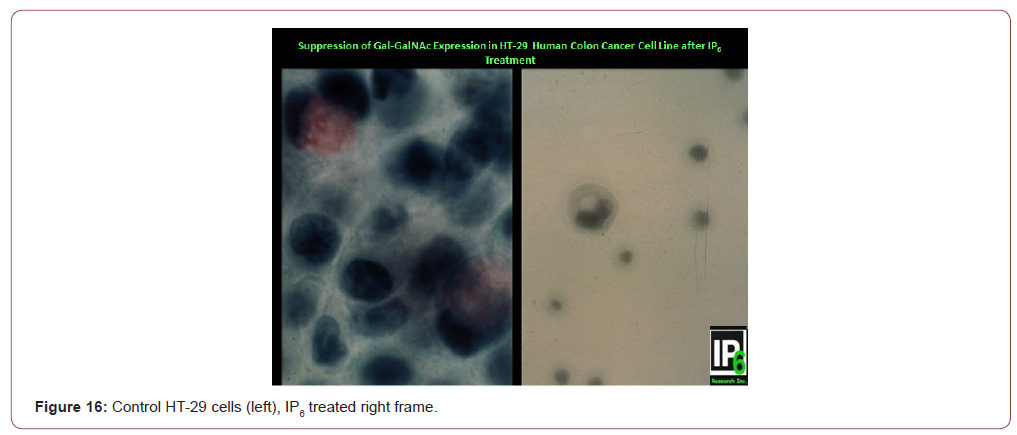Authored by Viviana Siddhi*
Short Communication
The happiness that we seek through accomplishments is more readily available to you when you let go of meeting outside expectations and begin to pay attention to what your mind, body and spirit actually need. You are likely to discover that the most important achievements of your life come relatively easily when you are truly taking care of yourself.
“Among the discoveries Dr. Bates made was how visual clarity changes – in the same person – from good to bad and back again, depending on that person’s physical and emotional state. He concluded that vision is not a static condition, but one that changes constantly.
Dr. Bates was the first ophthalmologist to make a scientific study of this phenomenon. His research shows how vision defects can be created and/or worsened by the stress of every-day situations. He also proved that these problems can be corrected by conscious and correct visual behavior [1].”
In the past I attended Meir Schneider’s workshop “Natural Cleansing” and later on I conducted several workshops “How to Improve Your Vision?”. In three months, my vision improved for one diopter. We must be conscious of doing eye exercises all the time. We should work on them in a way that makes them more alive. In every situation, there is a better way to use your eyes. There are many opportunities each day to practice new visual habits. I believe that you will find that even spending a few minutes daily with some of eye exercises will yield measurable results, in the form of diminished eye strain, clearer vision, and a greater ability to shift your focus without loss of clarity. It has been my experience that, when people do these Cleansing exercises correctly and regularly – mild vision problems improve rapidly, and poor vision improves noticeably over a longer period. We can see improvements in few months; however, it takes longer to stabilize these gains.
Poor vision, like most other sight problems, is caused by muscular imbalance and some nerve malfunction. It shows up at its worst in crossed eyes or double vision. In less severe cases, it may produce a slight blurring, headaches, or simply a feeling of strain. Even perfect vision is not perfect all the time.
“Before you undertake any techniques for acquiring perfect fusion, your eyes must be relaxed; so, first sun, palm, and do the long-standing swing. Do not attempt the fusion techniques at all when you are tired, ill, or under mental strain. When you undertake them, practice them in the order in which they appear bellow, progressing from easy to advance.
A. Sit facing a wall about six feet away, and hold a ruler or yardstick vertically, narrow edge forward, a foot from your nose.
B. Look up and down the stick three or four times, then up and down the wall the same number of times. As you scan the wall, the stick will seem to become two sticks separated by a space.
C. Alternate between stick and wall for three minutes at the start.
D. After a few days, lengthen the time and vary the distance from the wall.
Like all procedures for improving fusion – and sight in general – this technique should be practiced slowly, gently, in a state of relaxation [2].”
To prepare yourself for enjoyable, helpful experience, be sure you have all tight clothes loosened, and then get yourself in just as comfortable a position as you can. Close your eyes and inhale deeply and hold it for three seconds and then exhale slowly. Again,
breathe in deeply and exhale with a long, slow breath. Keep doing it several times. As you inhale, you bring more oxygen into your body, and as you exhale it causes your body to keep relaxing more and more. Now you can continue breathing easily and freely and can feel yourself becoming calmer and more peaceful. You are revealing signs that indicate you are moving into a very deep, peaceful state of relaxation, you can keep relaxing more peacefully, just happy to continue becoming calmer, more peaceful, and more at ease, continuing to breathe easily and freely. Rest the optic nerve, relax your nervous system and bring more circulation to your eyes. Your eyes need the conscious, active relaxations that comes with palming. It is impossible to palm too many times or for too long.
Simple instruction for palming:
A. Darken the room and sit at a table with a cushion on it. The point is to be able to hold your hands to your eyes without straining any part of your body and without putting pressure on your eyes and face.
B. Warm your hands by rubbing them together. Drop your shoulders and relax them.
C. Close your eyes. Lightly rest the heels of your hands on your cheekbones and cover your eyes with the palms of your hands. Your hands should not actually be touching your eyes.
D. Start to imagine an ever-deepening blackness.
Some people can improve their vision only with palming. The purpose of palming is to nurture your eyes in conscious way. It gives your eyes a rest in a way that even sleep does not. When you sleep, you are passive and are not in control of the visual images, mental activity, and rapid eye movement that occurs. When you palm, you are focusing on relaxing your body, and resting your eyes as they experience a complete absence of light. Palming is done with slow and deep breathing, relaxed shoulders, and completely relaxed hands. In some ways, palming is similar to energy massage or Reiki in that the heat and radiating energy of your hands can bring relief to tired and depleted eyes.
Palm at least 15-30 min several times per day. However much or little tension you have been able to release, continuing to practice palming will lead to a lifetime of healthier eyesight.
“Hypnosis is 90% belief, because the subject has to cooperate so much. Therefore, if the subject doesn’t believe that something can be fixed or accomplished using hypnosis, chances are, it won’t happen.
Be sure that your body language, vocal tone and attitude all reflect the possibility, probability and certainty of the suggestion you’re giving the subject, otherwise the subject will pick up on your incongruence [3].”
Trusting the process is essential. Healing work may cause temporary distressing symptoms that are all part of healing. The life-force and healing process work with complexity and wisdom that are beyond our conception or comprehension. Keep running the energy. Keep your breathing going. Connect your breathing to the sensations in your hands. The person in need of healing the eyes is a healer. The energy follows the natural intelligence of the body to do the necessary healing. Pay attention to body intelligence. With each breath you can track how the sensations in your hands change. As long as you are doing the breathing and connecting it to the energy, everything you try will work.
“We now stand on the brink of extraordinary breakthroughs in the art of hands-on healing. Human abilities that heretofore may well have been considered “science fiction” are in fact quite real and can withstand the rigors of scientific scrutiny [4].”
Each of our organs is specialized: it has its own particular function to perform and it can convey only its own particular type of sensation. In order to see clearly reality and truth, we need life experiences.
“The brain is capable of great things, but on condition that the solar plexus keeps it supplied with energy. The source, therefore, screen which manifests, expresses and publishes projected whatever the plexus feeds to it. The pictures projected onto the screen of the brain come from the plexus. Whether good or bad, they are all produced on the screen, just as at the cinema. The only difference is that, at the cinema, the masculine principle is the cameraman or his projector which projects the images onto the screen, and the screen represents the feminine principle, the matter onto which the spirit projects forces and energies [5].”
A number of factors can cause eyestrain, including, overuse from driving, reading, watching television, or working at a computer monitor. Air pollution and fatigue can also cause or aggravate eyestrain. When your eyes feel achy or strained, it is often a signal that you’re under stress and your whole body is tired. Other fatigue symptoms that usually accompany eyestrain include headaches, irritability, and tension in the back of the neck and shoulders.
Self-help techniques and acupressure points for relieving eyestrain can help you feel better when you are weary, overworked, or tense. Wash your hands with soap and water to prevent eye infections before you begin any eyes’ routine. Concentrate on breathing slowly and deeply throughout all of self-acupressure massage points. Deep breathing increases circulation to every part of your body, washes away tension, relieves depression, and infuses your body with vitality.
In just 10 minutes you can oxygenate your body and relieve depression by practicing deep breathing and relaxation (Figure 1).
“According to Dr. Serizawa, a Japanese physician, who regularly uses acupressure in his medical research and practice:
The ailments from which (acupressure) can offer relief are numerous and include the following:
Symptoms of chilling; flushing; pain, and numbness; headaches; heaviness in the head; dizziness; ringing in the ears; stiff shoulders arising from disorders of the automatic nervous system; constipation; sluggishness; chills of the hands and feet; insomnia; malformations of the backbone frequent in the middle age and producing pain in the shoulders, arms, and hands; pains in the back; pains in the knees experienced during standing or going up or down stairs [6].”
“This supremely important exercise creates the relaxation that amplifies the effects of all the other exercises. It will:
a. Rest the optic nerve
b. Relax your nervous system
c. Bring more circulation to your eyes [7].”
We can improve eyesight with regular eye exercises that should become again a healthy habit. Children has good healthy movements and we have to re-learn them as follows:
a. Blinking several times per second;
b. Using neck muscles instead of over strength eyes’ muscles;
c. Breathing deeply.
The human eye goes out of shape and bad vision occurs when the muscles around the eye become too tight. Alkalizing the body helps tremendously. A high percentage of living foods is called for as well as detoxification.
It isn’t the actual experience that shapes your self-image but the act of imagining yourself in a certain way that affects your selfimage. Your mind and body react to your internal self-image. So, if your self-image is that of a person with poor vision, your body will do everything that it can to make that true.
“Become a Doctor of Soul
One doctor says: “This is a case of appendicitis.”
Another doctor says: “This is a clear case of pleurisy.”
Third doctor says: “this is Hepatitis”.
When doctors differ, patients die.
If the patient dies, it is cholera or pneumonia.
If the patient survives,
It is simple gastritis or simple bronchitis.
Doctors still grope in darkness.
They make experiments and kill the patients.
A doctor of soul alone is infallible.
He is full of illumination and wisdom.
Therefore, become a doctor of soul [8].
To read more about this article.....Open access Journal of Complementary & Alternative Medicine
Please follow the URL to access more information about this article
https://irispublishers.com/ojcam/fulltext/cleansing.ID.000573.php
To know more about our Journals...Iris Publishers






